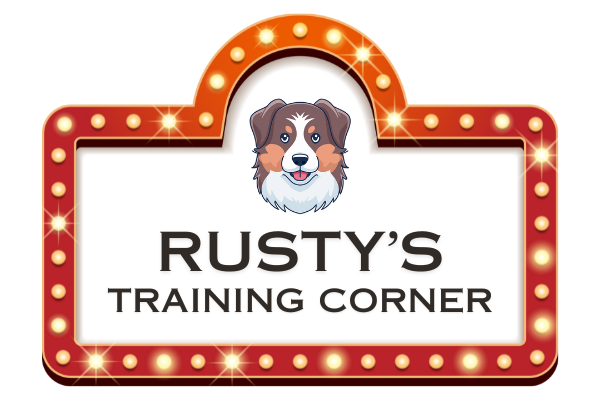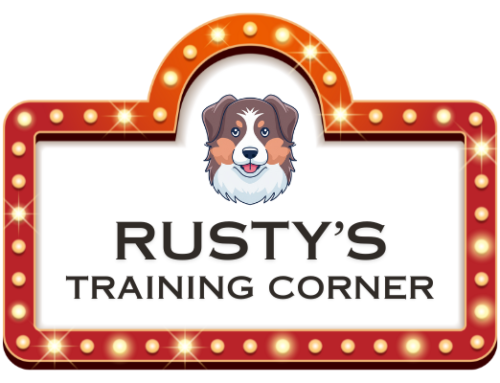Method One
Although very unsafe behavior, chasing vehicles is very worthwhile for the dog. Man’s best friends loves to go after anything that moves, and the faster it runs, the better. To crack down on this practice, you must negate the benefits of the hunt. Chasing vehicles is mostly done by canines that have free reign of the whole property and don’t see many vehicles.
Expose your doggy to traffic by ensuring that you walk on busy streets periodically. Command him to be still in a sit-stay position as vehicles pass, and move the collar back if he tries to move. You can set your four legged friend up for a car chase retraining session by having a friend ready with various cans filled with pebbles, for a noisy effect.
Have your friend drive up to or past the place where your dog begins to chase cars. Tell your friend to apply the brakes as fast and as noisily as possible, when your dog is at a full run after the car. When the car does come to a noisy stop, get your fellow dog trainer to jump out of the car and create a stupendous din, by throwing the cans near your four legged friend. Dogs don’t like loud noises generally.
If your dog is not likely to snap, have your friend aggressively run after him, herding him home, and throwing tins by his rear. Make sure you don’t hit your dog however.
Repeat this setup with different automobiles, and if possible, other friends, until the recalcitrant canine stops chasing cars. You can also use this retraining session when man’s best friend acquires the potentially dangerous habit of chasing bikers, joggers, and horse riders.
Method Two
If you have a dog that has just started chasing car consider your self lucky, correction for this problem is far simpler than if the dog has been chasing for more than a few weeks. Early correction is key to transforming the stimulus, whether it is a car, bicycle, motorcycle, children on skates, etc, from an attractive to an aversive stimulus. One of the most effective methods involves getting a friend to use their car, drive after the dog and to stop their vehicle before any injury can be sustained. If bicycles, motorcycles or other stimuli cause the chase, these of course should be employed.
You should walk with your dog toward the street from various starting points the dog has used in the past or would be likely to use in the future for its attacks. Just as the dog starts to break into its run, the you should suddenly reverse direction away from the vehicle, shouting as if fearful. The vehicle’s your friend is driving must slam on the brakes, screeching the tires to a halt, and remain still until you and your dog have retreated to your own property and have gone from sight. Then, the vehicle should be driven or pedaled onward and a repeat performance set up.
The process must be repeated until you no longer needs to reverse his direction to stimulate the dog to retreat back to its own property. It could take as many as 20 repetitions, with the cooperating friend and vehicles rotating their appearances. When this is accomplished, the same method is used, now without you there at the scene, to test the degree of conditioning obtained. If the dog resumes chasing the vehicles, the procedure should be started anew until success is achieved.
The value of this method is best demonstrated in young dogs or those that have recently acquired the behavior. In older and more experienced dogs, more preparation and work are required. The tenacious chaser is usually one that has been at it for more than a few weeks. Underlying causes frequently involve more than simple satisfaction of a chase reflex. Many affected dogs have suffered severe injuries from their “conquests” after catching up with the mechanical prey, and yet have persisted in their folly to chase cars and other fast-moving vehicles.
In these cases, the total environmental and behavioral background must be examined to determine the causative factors; these must then be removed. Possible inciting causes include:
- Barrier or tether frustration.
- Wandering free around the neighborhood.
- Regular walks and urine marking.
- Tendencies acquired through the owner’s previous anxiety or overt chase behavior of vehicles or children on skates, skateboards, bikes, etc.
Method Three
Chasing is an instinctive behavior in dogs. Dogs love chasing cats, joggers, bicycles, cars, other dogs and almost anything that moves. Moving objects stimulate dogs to chase. If your dog is a herding breed, then your dog’s nature to herd the moving object is even greater. Often the dog’s predatory nature is stimulated and causes the dog to chase. Sometimes it is just the dog’s play response. Dogs love to chase and be chased.
Until you have learned to control your dog’s chasing instinct, do not let him off-leash. It’s dangerous for him and the person or animal he is chasing.
Before exposing your dog to a situation where he will want to chase, you must train him in a controlled setting. It is important that you set up a situation where your dog can concentrate and understand the behavior you want. He must have the opportunity to perform the correct behavior repeatedly since up until now he has probably only had practice misbehaving.
Start the training session indoors in your own home. Put your dog on leash and stand with him at one end of a room or hallway. Wave a tennis ball in front of him but don’t allow him to touch it. Now, roll or toss it across the room or down the hall and tell him ‘OFF’,.. …
Note: if you are using “OFF” as a cue for another behavior, like jumping, then you can replace “OFF” with another verbal cue that you will assign to this behavior only. Do Not, however, use a generic verbal cue, like “NO”. This will be confusing and will not help the dog associate the verbal command specifically with the chasing behavior.
…If he starts to go after it, command ‘OFF!’ and give him a firm tug on the leash. It’s extremely important that you do not allow him to touch the ball or he will think that the word ‘OFF’ means for him to chase and get the ball. We are not trying to teach the dog to fetch. Practice this several times a day until he gets the message that ‘OFF’ means: don’t go after the ball, i.e.: don’t chase. When he gets it right, praise him profusely and give him a special treat.
When he seems to understand this new ‘game,’ repeat it in different rooms of your house. Practice in the garage and in your back yard. When it’s clear to you that he really understands the meaning of ‘OFF,’ then try it without holding onto his leash. Leave his leash on, dragging on the floor so you can grab it or step on it quickly should he forget what ‘OFF’ means. When he has mastered this, try it completely off-leash, but still in your own home and yard.
Now it’s time to practice with a jogger. Enlist the help of a friend to pose as a jogger. Stand with your dog on leash and have your friend jog by repeatedly while you repeat the ‘OFF’ exercise as you did with the tennis ball. Be sure your dog performs perfectly on leash before you try this off-leash.
If your dog is chasing cars, ask your friend to meet you on a quiet, secluded street to help you train your dog. Again, repeat the ‘OFF’ exercise as your friend repeatedly drives by. Be sure your dog is perfect on-leash before you try it off-leash. It’s important that you practice this in a set-up situation. You must know that the driver is aware of the training so he/she can stop the car should you lose control.
By now you should have some degree of confidence that your dog will obey because of the hours of practice and his level of performance in the staged situations. Always use good judgment. If the real situation seems too tempting, too distracting or too stressful, don’t ask your dog to perform miracles. Practice with him daily and with every opportunity that arises. Praise him profusely every time you say ‘OFF’ and he obeys. If he disobeys, give a strong tug on his leash, command ‘OFF!’ and realize he needs more practice.
Don’t wait until your dog is in full chase before doing something. Success is most likely when you use ‘OFF’ as a preventative command. If your dog has a strong predisposition to chase, it is your responsibility to be alert for his safety and others. If you feel you cannot pay attention to the environment around you when you’re with the dog, simply do not let him off-leash.
The advice and tips provided in this dog training blog post are based on general best practices and personal experiences. Please consult a professional dog trainer or veterinarian for specific issues or before starting any new training regimen with your dog.




